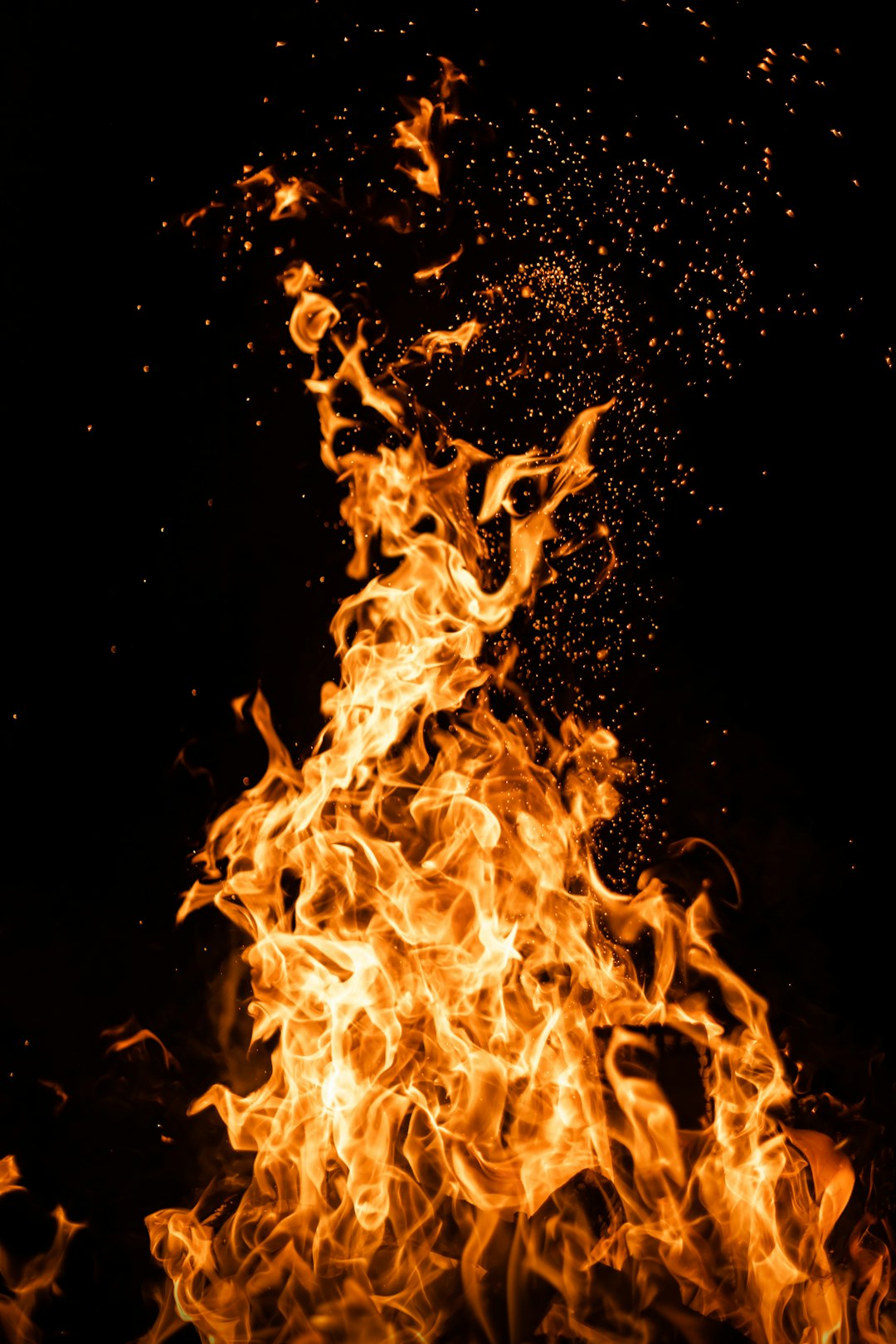This is Part III of a series on pain and healing. Read Part I and Part II.
I do the meditation above when I’m feeling low in energy, when I’m ill, or after exerting myself, to support recovery. It includes three of my favourite themes: freedom, earth and space. You may be able to hear the sounds of the rain outside as I was recording. I hope you find it peaceful and supportive. Let me know if you try it and how it goes for you in the comments.
In the rest of this post, I want to review some tools and practices I use when I’m in pain. All of these have helped me immensely to get through challenging experiences and to recover in their aftermath. All are simple and easy to do—though it’s true that being in pain is that it makes everything harder. Take whatever you can, and explore it with gentleness and curiosity. May you be well.
1. Breath
This one is obvious, and very accessible because often it’s the only thing we are able to do when we’re in pain. As I mentioned in my last post, pain makes us tense up to try to avoid feeling it (also called bracing). This pattern of response makes our breathing shorter and shallower. Alternatively, pain can also make us breathe hard, heavy and fast (overbreathing/hyperventilation), which increases anxiety and panic.
There isn’t one best way to breathe when you’re in pain, but in general encouraging breathing to be softer, freer, lighter, easier is a good idea. When possible, try to breathe diaphragmatically and through the nose, while softening the flesh around the chest, ribs, belly and pelvic floor to allow better circulation. The diaphragm activates the vagus nerve, which brings us into deep states of relaxation conducive to healing and restoration.1
If it’s too much to attempt any breathing technique, then simply being with your breath as it flows, cherishing it, resting in it, is wonderfully healing. The act of bringing awareness to anything is enough to transform it, so as you do this you might find your breath pattern changes automatically. Go with whatever your body is trying to do, while being aware of the results so that you can steer yourself away from hyperventilatory or compensatory responses. It’s a delicate balance, requiring sensitivity and attentiveness, but it can only help.

2. Hot-Cold Therapy
This one I learned by accident and has been really helpful in managing menstrual and back pain. I am drawn to heat and sunshine by nature, so I always used hot water bottles and hot packs when I was in pain, thinking (rightly) that they would boost blood flow and therefore induce healing. I never tried the opposite until recently, because I was a little afraid of that numb feeling you get with ice.
However, during my latest injury, I created a cool pack for myself and used it in alternation with a hot water bottle—and it was amazing. The cold ‘seals up’ the area and brings both protection and ease as it numbs the pain. It also helped modulate my energy levels, giving me little boosts of clarity and focus when I needed them. Then when I wanted to relax, release, soften, I’d go back to hot. There’s a beautiful metaphor in this practice, about yin and yang and being in the flow of the dualities of life.
Try hot-cold therapy before or even instead of painkillers where possible. Or you can use the two in combination, in order to reduce reliance on painkillers. Hot-cold therapy is a simple, cheap and safe alternative that supports healing (rather than suppressing symptoms as painkillers do). If pain is generalised rather than localised, you could adapt it by exploring other kinds of hot-cold therapy like saunas, steam baths, cold showers or immersion etc. Hot-cold therapy is also a reminder that the body-mind are holistic systems; practices that improve mood, sleep or overall well-being by relieving stress also indirectly enhance healing and recovery from pain.
In the next section I will be talking about the nervous system and pain. The nervous system is a big topic that I plan to devote a few months to, later this year. If you’re interested to learn more about your nervous system, including different ways to get in touch with it and support its health, then please subscribe.
3. Nervous System Practices
This section is for practices I do after the pain has receded and I’m returning to normalcy. Most of us at this point just want to go back to whatever we were doing before the pain episode and forget it ever happened. But please remember that pain places huge demands on the nervous system. Even those of us with supreme willpower (‘mind-over-matter’) can’t escape the fact that the body and the nervous system are under extraordinary stress when we’re in pain. This is why it’s worthwhile to actively support your body, especially your nervous system, in its regeneration process.
If you’ve ever felt that you were not the same or that something was different about your body or perceptions after an injury or illness—that’s the imprint of the pain experience living on in your nervous system. Sometimes when we are ill we are detoxifying and releasing old patterns, and what emerges afterwards is a new, fresh you. Other times we are unable to fully recover or heal, and what remains is a shadow of the old pattern that led to the injury, or a lingering tension in the bodymind from the constant stress and bracing of being in pain. In all these cases, what we need is to detangle our nervous system, reassure it that we are safe, and adapt to new patterns as they are forming.
The idea of nervous system training and education is emerging into our collective understanding, but very slowly, so it may not be something familiar to most. The wonderful thing about nervous sytem training is that it is intrinsically holistic, because the nervous system is both mind and body at the same time. To put it a different way, training the nervous system affects mental activity and performance, but is inextricably linked with the body and the senses, because in reality they all function together as one. I believe our dawning awareness of the nervous system is one way that we (society) are healing from the wounds of dualistic separation between mind and body.
TRE®
Some of my favourite ways to work with the nervous system are flow state training, TRE® and Feldenkrais. The latter two are what I’d recommend post-pain. TRE® is a modality that stimulates a natural and safe release of tension in the nervous system by involuntary shaking. It’s a remarkable practice that has given me so much safety, presence and joy. If you struggle with expressing yourself, or with releasing whatever is inside you (like I do)—this is a practice for you. Explanations here and here, guided practices here, here, and here.
With TRE®, I find that the 7 preparatory exercises are not always necessary, and the trigger position is usually sufficient for me to start shaking. I usually shake for 12-15 minutes, with a 5-min rest before and after—so in total not more than 30 mins. I try to do it once every fortnight, to keep my nervous system feeling cleansed and free. After a pain episode, often my shakes are stronger than usual, which I interpret as my nervous system discharging, and afterwards I feel much calmer and lighter all-round.
I can’t recommend this practice enough. If you’re nervous about doing it on your own, go to a class or find a provider near you. After a few sessions, you’ll likely gain the confidence to be able to DIY it, as it’s designed to be for self-care.
Feldenkrais
Another nervous system practice I strongly recommend is Feldenkrais, specifically their Awareness Through Movement (ATM) lessons. Feldenkrais is a somatic movement re-education modality designed to streamline the way that your nervous system coordinates and executes movement. It’s meant to teach your brain how to make things easier and simpler to do, thereby reducing unnecessary effort and muscular fatigue. It’s a fantastic option for chronic pain, rehab and prehab and especially for aging bodies to retain and even improve physical ability safely and without stress.
Normally an ATM lesson is about 1hr long, but there are lots of mini-lessons available online ranging from 5 minutes to 30 minutes long. The hardest part of Feldenkrais is learning to do less, to stay within the range of ease, to reduce effort and trying. It’s a process of trusting that your body and brain will figure things out when you remove the demands on them, and give them the time and space to do so. Feldenkrais is another modality that is full of life lessons about how we function and how the world is, if we allow it and ourselves to be as we are.
Some of my favourite lessons (from a variety of different practitioners) are listed below. Or you can search “body part/topic + Feldenkrais” on YouTube and explore the results yourself.
Lower Body
Awakening the Buttocks on the Back (23 mins) · I use this one after workouts involving heavy lifting with the glutes. It also helps me realign my pelvis when it gets lopsided.
Freeing the Hip Joints (11 mins) and (4 mins) · I use this before or after a lot of walking to keep my hips happy.
The Primary Movement of the Pelvis (25 mins) · one of the earliest lessons I did
Ankle Mobility Routine (Feldenkrais Style) · This one helps me prime and stabilise my left ankle, which was injured a long time ago.
Upper Body
Freeing the Neck and Shoulders (8 mins) and (16 mins) · I use this after workouts involving shoulder girdle muscles: overhead lifts, mace work etc. Also great if you hold tension in your neck.
Improving Your Neck (19 mins) · an excerpt from a longer class with simple movements you can do over and over again
Free Your Neck and Jaw (5 mins) and (7 mins) · I used this—successfully—to stop me from grinding my teeth at night.
Healthy Eyes & Vision (1 hr 11 mins) · a traditional-length practice for releasing tension in the eyes and exploring effortless vision
Outside of YouTube, you can get audio-only Feldenkrais lessons while supporting practitioners via The Feldenkrais Project.
I want to end with a beautiful poem that was shared with me some time ago by Embodiment Matters (a partnership of two Feldenkrais practitioners in the US). It’s an invitation we could all consider accepting.
A Party for the Broken · Tom Hirons Tonight we will have a party Only for the broken pieces. Only the crooked and the blunt ones Are welcome tonight; The shattered and the stained can come, But you perfected ones should stay away. All the orphans and exiles Will be arriving soon with their Bundles of rags and sorrow. Make room, you bright angels: Now the wounded are coming home. Tonight will be a celebration of our tragedies And our petty stupidities, Our shameful transgressions, The unedifying failure To become what we might have been In other, more radiant lives. Here are the unrelinquished griefs And the never-forgiven slights; Here is the stuttering clumsiness And all the stagnant laziness. Here is the hollow In my heart. Come in. Welcome. I’m so glad you’re here. Outside, the Buddhas And the Saints are laughing. In here, there is a quieter Communion of our tragedies. Sit. There is food and cheap wine, A warm fire and candles. Eat. Drink. Then speak, And we will all weep Sticky and graceless tears. At this party, we are dancing To the tune of ten thousand folksongs, Each one of imperfection And darkly holy for it. This is the party for the broken. Imperfect music plays For imperfect dancers. Imperfect speeches are Imperfectly spoken. We bang tables and forget Our words and Wash the floor with our tears. You shattered and stained beauties, All crooked and graceless as you are, Blunted by the hard world of death, Love and the push of time’s spear; You who are more glorious than statues, As rich in stories as pirates, As worthy as comets or stars, This is the secret I want, Tonight, to tell you: Our dark-tongued singing Reaches heavens even the Saints don’t know; Our graceless, defiant dancing Opens up the whole Universe. The broken world is our country. The struggle is our homeland. Tonight, let the Buddhas be silent; In here, we will raise our glasses To our brokenness, howl And sing so loud and badly That all the bright and dark Heavens will hear our song.
Thank you for reading. If you appreciated anything here, let me know in the comments, and feel free to share with friends.
If you’d like to support my work or honour the time I spend on each of these posts, please consider upgrading to a paid subscription.
Note that diaphragmatic breathing is not the same as belly breathing. The movement of the diaphragm is more lateral than frontal, ie. ribs widening and narrowing more than belly rising and falling. Also try to avoid breathing in a lot of air in order to move your diaphragm—that’s the path to overbreathing. Maintain the same breath volume, just shift the breathing movement down in the body, from the upper chest to the lower ribs. Contact me if you’d like a breathwork session on this topic.










Share this post